Othman Lazraq, director of MACAAL in Marrakech (an interview)
Is MACAAL the ultimate contemporary art museum on the African Continent? An interview with its director Othman Lazraq sheds some light
Founded in 2016, the Museum of African Contemporary Art Al Maaden (MACAAL) in Marrakech is an independent, not-for-profit contemporary art museum, and one of the first museums founded by private collectors on the African continent. MACAAL is currently under the direction of Othman Lazraq, the son of Moroccan businessman Alami Lazraq. We had a chat with the director to understand more about his passion for African contemporary photography (he also set up a prize for talents in the field), his views on the art market the and scene of contemporary African art, as well as his vision for MACAAL.
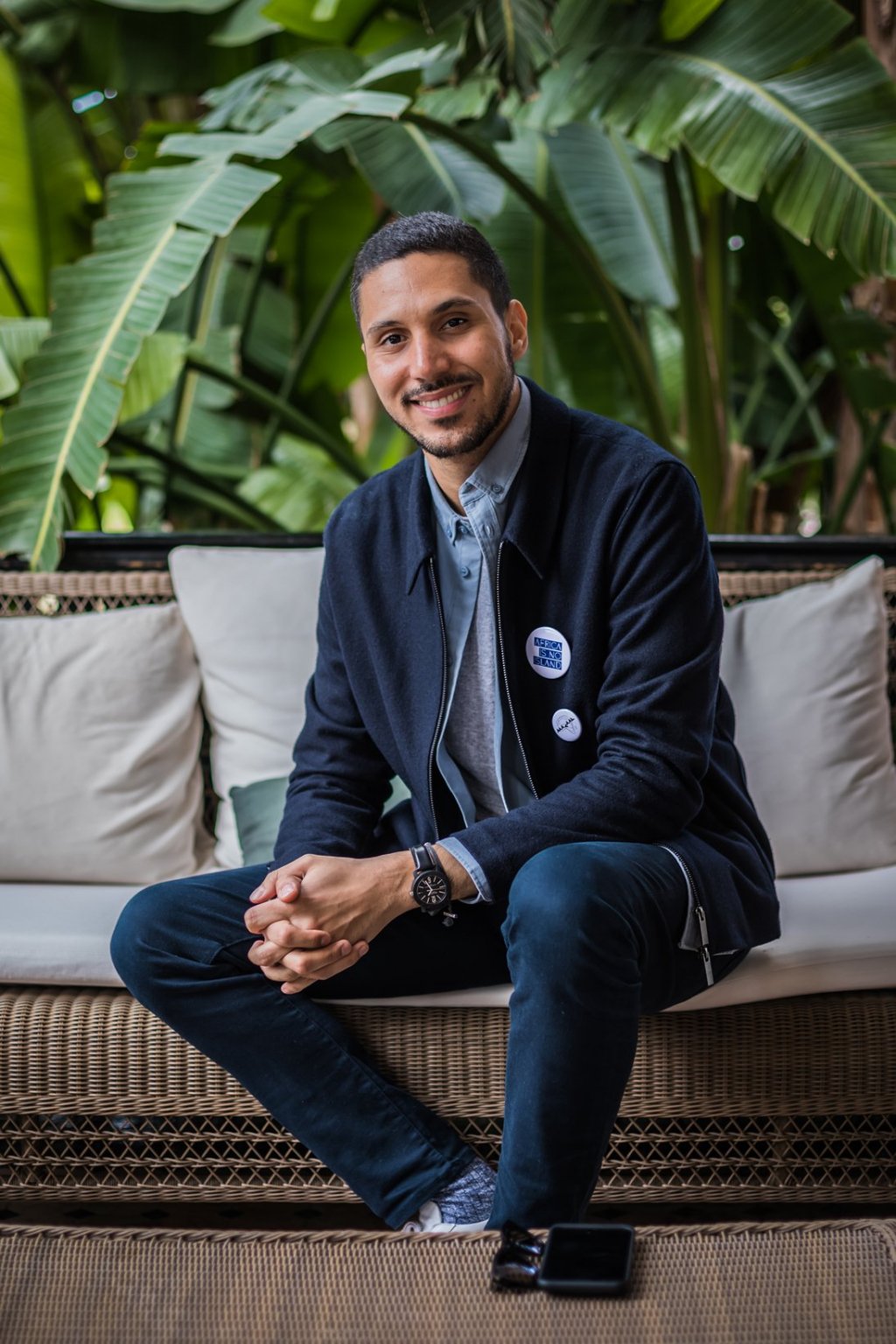
How did you develop an interest in art?
Othman Lazraq: My parents have been collectors of modern and contemporary art for as long as I can remember. I grew up surrounded by art, I have seen our collection grow and become richer and more diversified over the years. It’s instilled in me a true passion for collecting! Photography is my favourite medium, the first I started to collect on my own by acquiring a work by late artist and dear friend Leila Alaoui.
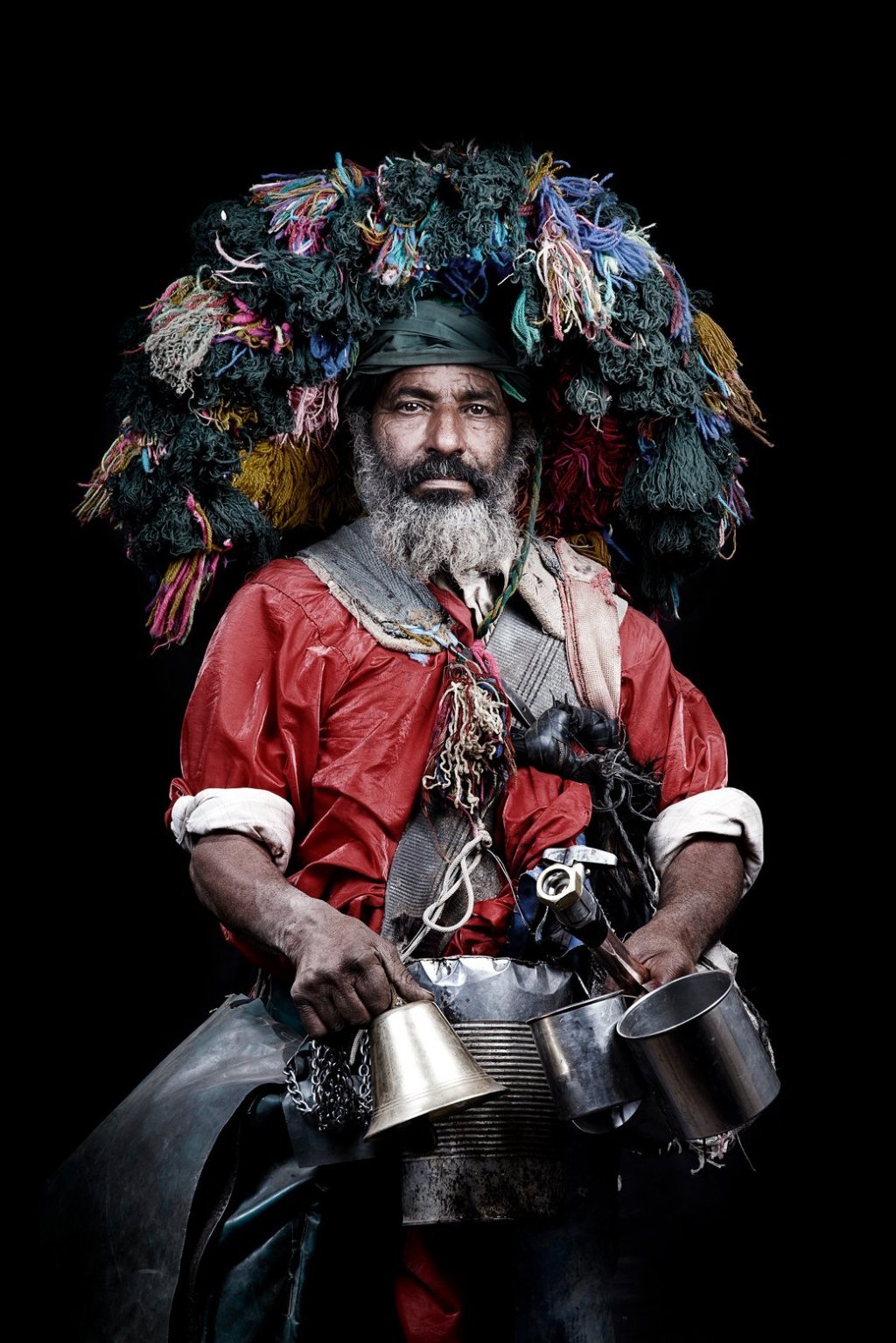
Why does contemporary African photography particularly attract you as a focus of your collection?
Othman Lazraq: African creativity is of course the broadest uniting ‘theme’ for our collection and exhibitions at MACAAL. Due to my sensitivity towards contemporary African photography, it has become more and more present in the collection, alongside other new media, such as video and installation. What attracted me the most is how engaging and accessible the medium and the artists are. Fewer codes and knowledge are needed to approach a photograph than it takes to understand a painting, an experimental video, a sculpture, or an installation. In my opinion, photography is the most representative medium of our generation and the 21st Century.

You set up a prize for African photographers, La Chambre Claire. What impact has it had over the years?
Othman Lazraq: Launched in 2013, La Chambre Claire is a photo competition to support emerging African creation, which I’m quite proud of. Over the course of six editions, we have mobilised a multidisciplinary jury to combine their skills and perspectives to select the winner and special mentions. By providing the means necessary to the presentation, development, and diffusion of their visual expression, as well as a cash prize, the Lcc Program (La Chambre Claire became the Lcc Program in 2017) has proven to be a professional springboard for each of its winners throughout the years.
The program has been rebranded in 2017, with the aim of optimising visibility and guidance for both winners and special mentions, as well as all participating candidates. Keen to establish a consistent process of adaptation to the artistic ecosystem of the African continent, the competition’s evolutions favour the sharing, professionalisation, and knowledge transfer at the heart of the initiative. In fact, in our current exhibition Welcome Home Vol. II, we have set up an entire room of photos, videos, and archives dedicated to the Lcc Program community from the beginning till now. To give you an idea of its impact, since our latest winner Maya-Inès Touam’s exhibition Des rives that we organized in 2018, the artist has been featured in several group shows in Morocco and internationally, including the Lagos Photo Festival, as well as multiple nominations for prestigious awards. In order to reinforce our commitment, we will soon launch a new edition of the Lcc Program.
Who are some up-and-coming African photography artists we should pay attention to?
Othman Lazraq: Lebohang Kganye, Maya-Inès Touam, M’hammed Kilito, Phumzile Khanyile, Othmane Bengebara, Sabelo Mlangeni and Randa Maroufi
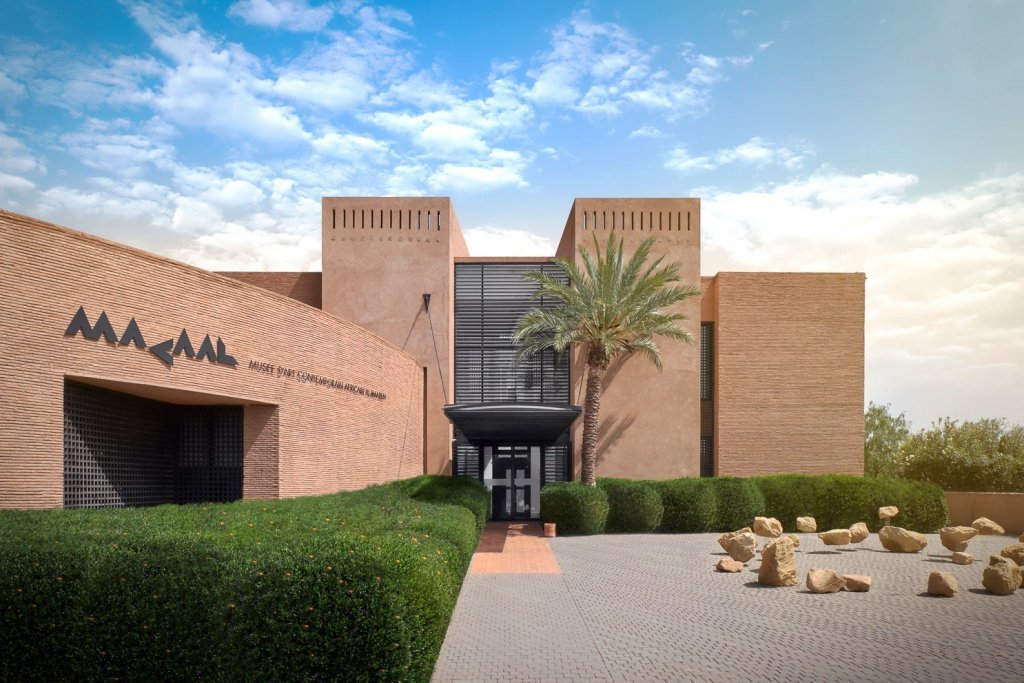
What do you think about the development of African contemporary art in the past decade and right now?
Othman Lazraq: Contemporary African art has seen a monumental rise in popularity since the mid-2000s, resulting in prices skyrocketing and museums acquiring considerably more works by African artists. In turn, this has led to the birth of several institutions and organisations around the world that specialise in contemporary art from the African continent, including Zeitz MOCAA in South Africa and 1-54 Contemporary African Art Fair in London, New York, and now Marrakech.
For example, since the end of the 20th century, but exponentially over the course of the last decade, the cultural offerings of Marrakech have been greatly enriched, notably thanks to the opening of world-class cultural and artistic institutions. Today, the city has almost 20 museums and art foundations, as well as more than 30 galleries; it hosts international cultural and artistic events, such as the Marrakech Film Festival, theatre encounters, a contemporary dance festival called On Marche; not to mention the countless cultural treasures tucked away around the city. All of these large-scale events actively contribute to the revitalisation of cultural activities in Marrakech, already considered one of the richest cities of Africa in this regard.
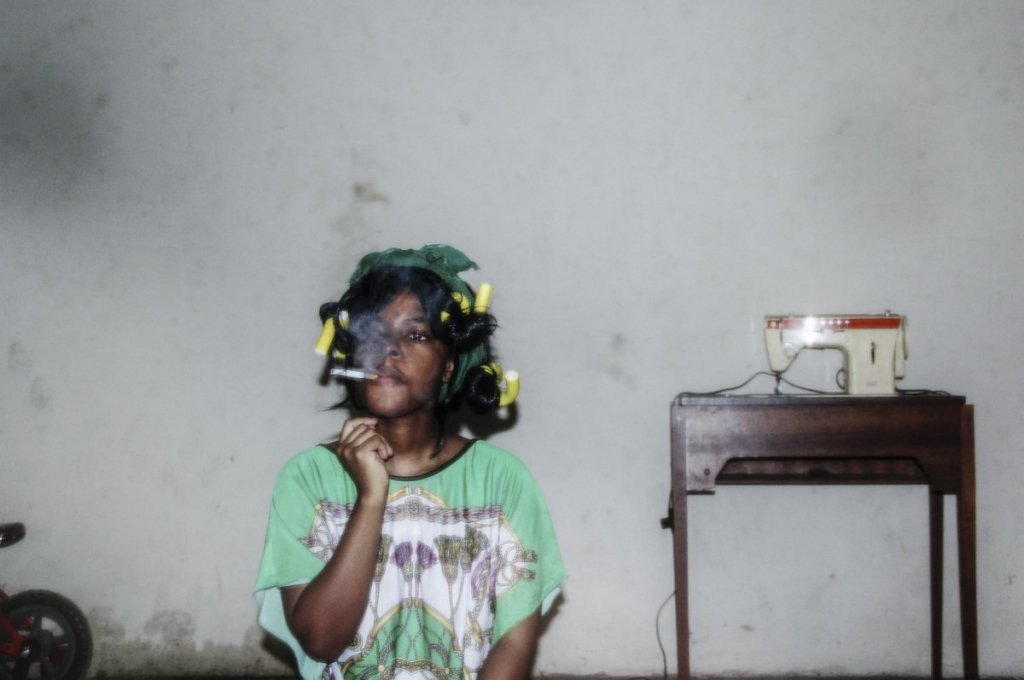
How has the market for African contemporary art evolved in the past decade?
Othman Lazraq: The art market in Africa has grown considerably since the beginning of the 21st century, with the creation of galleries, auction houses, fairs and biennials (17 fairs and biennials since 2000). They have made the market stronger and attracted new audiences worldwide. In Morocco, it’s growing slowly, but new galleries and initiatives open each year. The arrival of 1-54 Contemporary African Art Fair in Marrakech has been instrumental in positioning Morocco as an important player in the African art world.
International collectors are already very present and active in the African contemporary art market. Since the 21st century, African collectors have multiplied, thanks in particular to the growth of many galleries, biennials, and fairs, not only on the continent but also internationally. Nevertheless, this ecosystem is still fragile, due in part to a serious lack of support and funding. Indeed, African states invest little or less in cultural production. When it comes to finding funds to carry out a project, whether fairs, biennials, or individual artists’ projects, they must (too often) ask the West for help. As art critic Ngoné Fall pointed out, this is still a real handicap.
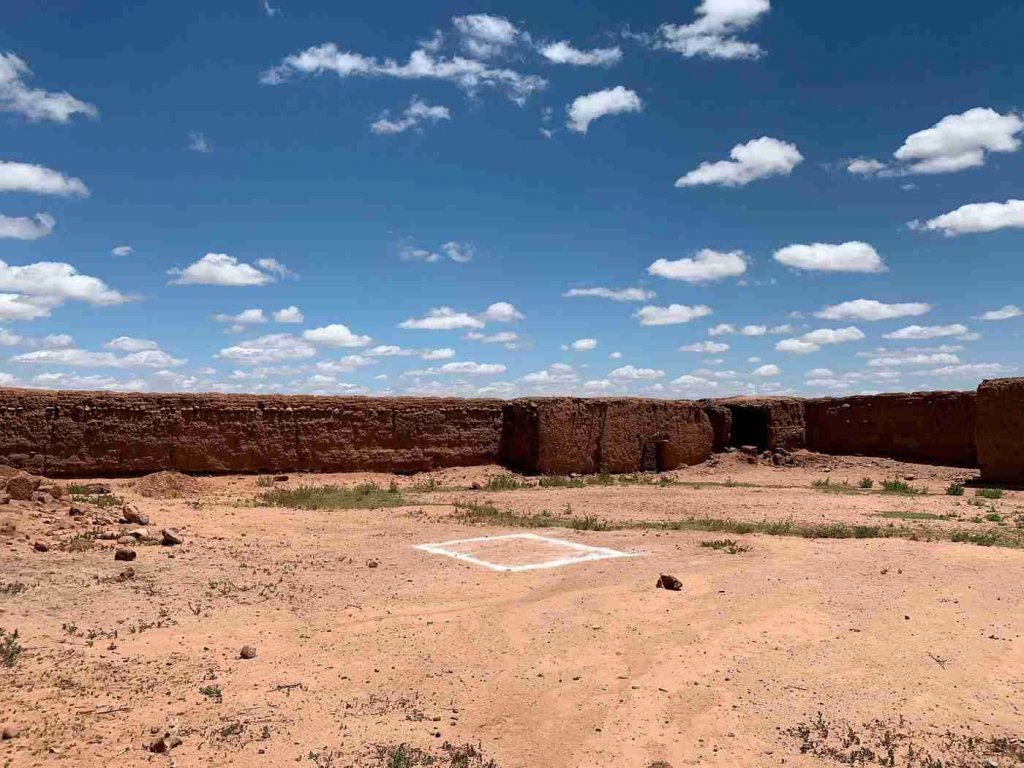
How does MACAAL contribute to promoting African contemporary art locally and internationally?
Othman Lazraq: From our perspective, art is for everyone, so at MACAAL, we work in a spirit of sharing, mutual support and networking. By doing so, we participate in the development of Marrakech as a continental and international hub for African art; we loan artworks, collaborate with public and private institutions, and participate in major events in the art world. We organize quality exhibitions in collaboration with well-known curators.
Whether it’s by funding the production of an artwork, or offering visibility through exhibitions, talks, and residencies, we support artists at different levels. We give precedence to and highly encourage site-specific creations; with that in mind, we launched the MACAAL Residence in 2019.
We also deeply wish to democratize access to art. That’s why we are trying to develop major cultural mediation in favour of all social environments. Instead of memorizing the different artistic trends or so, we help the visitor to feel, experiment, and dialogue with them. We also offer guided tours and activities that link with the exhibitions, such as workshops, artist meetings, screenings, conferences, concerts, performances, etc. We pay particular attention to young audiences, organizing about two school visits per week (over 300 students per month).
MACAAL is also expanding outside its walls to meet new territories and audiences. Apprehending its social and cultural action in a spirit of network and partnership, it develops and cultivates its interactions with national and international cultural and artistic institutions. On a local scale, the Museum works closely with institutions such as the Montresso Art Foundation, the YVES SAINT LAURENT museum, the French Institute, the cultural space LE 18 Marrakech among others, and is associated with key events in Marrakech. Internationally, the Museum’s team is regularly called upon to participate in cultural events (fairs, biennials, symposia, conferences, talks, etc.). We also design international exhibitions in collaboration with partners to accompany the itineraries of our exhibitions.
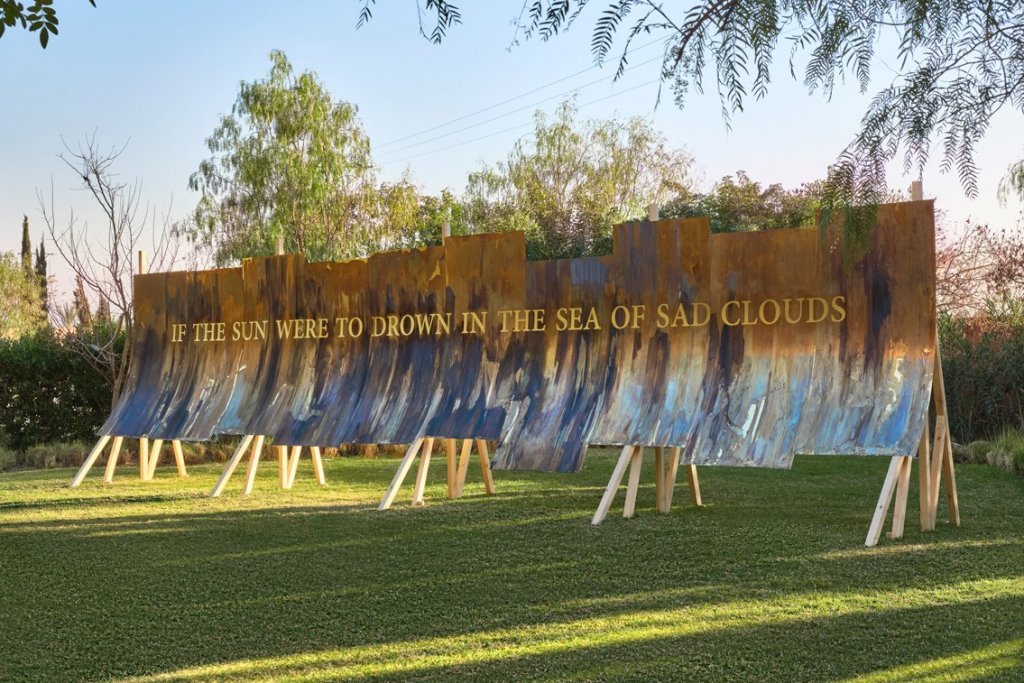
There are also other private museums now in Africa, such as the Zeitz MOCAA, which some have called the “MoMA of the Continent.” What is your view on this subject?
Othman Lazraq: Zeitz MOCAA is definitely a lighthouse on the continent. This is a wonderful initiative, which actively contributes to the promotion of African contemporary art on the continent and worldwide. I had the pleasure to attend the opening of the Zeitz, which also led me to discover and interact with the vibrant art scene in Cape Town.
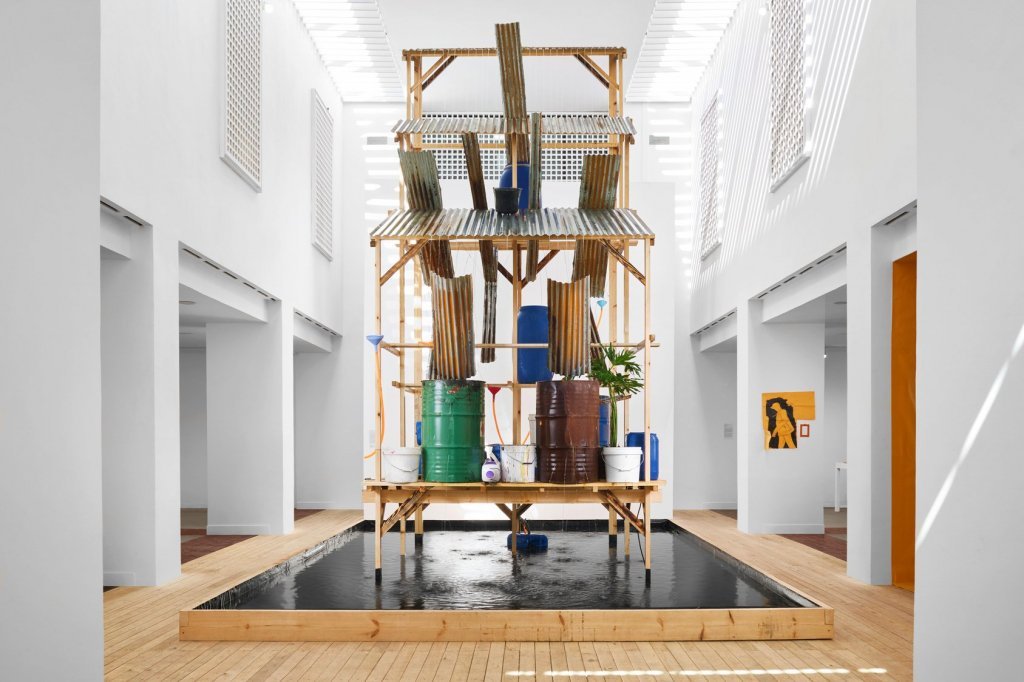
What is your vision for MACAAL for the upcoming five years?
Othman Lazraq: My dream is to join forces with all the advocates of contemporary African art (foundations, institutions, galleries, and curators) in order to create a platform that defends, supports, and promotes art from our continent, on the continent. I want us to work hand in hand, unifying our voices to build a strong and engaged base. Beyond being a universal language, art is a liberating platform on which there are no boundaries. Creating a large network in Africa will give the next generation of artists, critics, and curators from the continent the chance to develop and secure their dreams in their homeland while making their initiatives durable.
February 16, 2021
